登柳州城樓寄漳汀封連四州
“Climbing the city wall tower of Liuzhou; sent to the four counties of Zhang, Ding, Feng, and Lian” [1]
城上高樓接大荒,
海天愁思正茫茫。
驚風亂颭芙蓉水,
密雨斜侵薜荔牆。
嶺樹重遮千里目,
江流曲似九迴腸。
共來百越文身地,
猶自音書滯一鄉。[2]
The lofty tower on the city wall borders the Great Wilderness.[3]
[Like] the sea and sky, [my] sorrow is boundless.
Startling wind, randomly, disturbs the lotus water,
Dense rain, slanting, erodes the creeping fig wall.
Ridgetop trees overlaying one another, obstruct [my] gaze for a thousand miles.
River streams winding, look like [my] nine-bend intestines.[4]
[We] all came to the land of a hundred Yue [peoples who wear] tattoos.
Yet [our] letters are retained in different corners [of the south].[5]
* From Liu Zongyuan shi jianshi 柳宗元詩箋釋, collated and annotated by Wang Guoan 王國安 (Shanghai: Shanghai guji chubanshe, 1993).
[1] These refer to the magistrates of the four counties: Han Tia 韓泰 (fl. early eighth century), Han Ye 韓曄 (fl. early eighth century), Chen Jian 陳諫 (fl. early eighth century), and Liu Yuxi 劉禹錫 (772-842). They and Liu Zongyuan were closely connected to the leading figures who initiated the Yongzhen Reform in 805 and were banished as the reform party lost power.
[2] Red characters rhyme.
[3] The Shanghaijing 山海經 (Classic of Mountains and Seas), an early Chinese compilation of “mythical” geography and beasts, gives a classic account of the Great Wilderness: the place to which the sun and the moon return. So “Great Wilderness” is often used as a reference to the edge of the known world.
[4] This is one of the Chinese similes that often puzzle Western readers. Although the word “intestine” is also used as a medical and anatomical term, it also represents common literary images that are romantic rather than messy. Chinese writers often speak of “winding intestines” as an analogy to mountain paths or rivers. They also speak of “torn/broken intestines” when talking about sorrow or when someone is longing for his/her lover. These two similes also collapse into one, namely the paths/rivers that look like winding intestines as a reminder of one’s sorrow.
[5] One can find another English translation of this poem in Red Pine’s popular book Finding Them Gone: Visiting China’s poets of the Past (Port Townsend, Washington: Copper Canyon Press, 2016), 97. Whereas his translation is more readable, some of the images in the original are hidden behind his choices of word. As usual, I adopt a different approach that aims to keep the original imagery wherever possible and to keep the translation and interpretation/explanation separate.
Here comes the most famous poem on Liuzhou by Liu Zongyuan. Liuzhou people quote the third couplet whenever we need a touch of history and culture. But the third couplet really just describes a rather common landscape of southern China. In publicity or tourism material, these two lines are quoted out of context and presented as if they were praising the scenic beauty of Liuzhou. When I think about it, it is actually quite telling if this is best thing about Liuzhou that people could ever find in Liu Zongyuan’s poetry.
Indeed, Liu Zongyuan wrote more complaints than praise, as we have seen from past few weeks. This poem is no exception. It is written to his colleagues, who were exiled to the far south in 815 like himself. The two lines about Liuzhou’s landscape convey more depression than appreciation. Liu Zongyuan’s gaze into the distance has been interpreted by historical commentators as either his eagerness to get back to the capital or his missing his four friends who were far away. However, the layers of trees and hills blocked his view. And the winding river that runs through the city reminded him of, above all, his distressing torment.[5]
When it comes to reading experience, I personally enjoy the more outrageous complaints that I shared in previous weeks. The imagery that is characteristic of Liuzhou and its neighbouring regions is more interesting and speaks more about Liu Zongyuan’s craftsmanship as a poet. However, this week’s poem can also be a very nice read when combined with a visit to the city wall.
The East Gate is the only gate remaining from the old city wall of Liuzhou. The current gate and the city wall near it were first rebuilt in stone during the Ming Dynasty on top of the Tang-Song earthen wall. It is now a small-scale local attraction. I remember going up there several years ago, when it cost about 2 yuan. Now it has become a cultural heritage site managed by local authorities with free entry. I should note that the area near the gate has long been a marketplace. “East Gate” is definitely a high-frequency word in daily conversation among the locals, but it means “market” instead of a “cultural relic” to 99 per cent of us. In my dictionary, it didn’t have anything to do with history until I started my journey in sinology. That should explain why my mother and I were the only visitors on our Thursday visit. The mosquitos there, which were apparently repellent-resistant, were excited to welcome us.
Of course, there was a stele inscribed with Liu Zongyuan’s poem at the gate. It was inscribed in 1985. One can also catch a glimpse of the road level of the Ming dynasty, now protected behind a glass window. The city wall is not as wide as the one of Xi’an, where you can rent a bicycle to follow a circuit round the city wall to see the old town area, but it is quite spacious for a small city in the far south. As in many other Chinese historical attractions, the missing bits of the construction (for example on the roof) are unfortunately patched up with concrete. The tower itself was a bit empty, but I liked the steep wooden stairs and was happy to find a model of Ming Dynasty Liuzhou on the top level of the tower.
1-2. The front of the East Gate
3. Stele with Liu Zongyuan's poem
4-5. Climbing the city wall
6. The wall tower
7-8. Roof
There were several gates along the city wall. Interestingly, the East Gate, which is the only remaining gate, might actually be the one that Liu Zongyuan visited, assuming there was a gate at the same spot or near it during the Tang Dynasty. The four colleagues he was writing to were magistrates of four counties located to the east of Liuzhou, so it makes sense to think of them at East Gate. Moreover, the East Gate is located right at the big bend of the Liu River/Willow River (see the map below). So it is very likely that this is the gate from where Liu Zongyuan was looking at the winding river while thinking of his friends in exile.
1. The East Gate in the model of Ming Dynasty Liuzhou
2. Google map showing the location of the East Gate
Looking out from the tower now, one finds no sign of Great Wilderness. On the contrary, I’m shocked that so many high buildings have appeared in the recent decade while I was away from my hometown. It is a bit terrifying that they might be filled with people. Also, there are perhaps more trees along the river than in Liu Zongyuan’s days. They somewhat block the view of the river and make the bend less visible.
Views from the tower
It was the first time my mother visited the city wall. She enjoyed the excursion, started to ask me about Liu Zongyuan, and posted in her Wechat some photos of the East Gate, accompanied by a Liu Zongyuan-inspired text. Thanks to her, I feel that I’ve made a small but concrete contribution to the promotion of our local culture.
[5] See, for example, the commentaries collected by Wang Guo’an in Liu Zongyuan shi jianzhi, 315-318. #LiuZongyuan #柳宗元 #Liuzhou #柳州
Copyright Declaration*:
The texts and images used on the website of Rachelle's Lab are either from the public domain (e.g. Wikipedia), databases with open data licences (e.g. Shuhua diancang ziliao jiansuo xitong 書畫典藏資料檢索系統, National Palace Museum, Taipei), online libraries that permit reasonable use (e.g. ctext.org), or original work created for this website.
Although fair use of the website for private non-profit purposes is permitted, please note that the website of Rachelle's Lab and its content (including but not limited to translations, blog posts, images, videos, etc.) are protected under international copyright law. If you want to republish, distribute, or make derivative work based on the website content, please contact me, the copyright owner, to get written permission first and make sure to link to the corresponding page when you use it.
版權聲明:
本站所使用的圖片,皆出自公有領域(如維基)、開放數據庫(如臺北故宮博物院書畫典藏資料檢索系統)、允許合理引用的在線圖書館(如中國哲學電子化計劃)及本人創作。本站允許對網站內容進行個人的、非營利性質的合理使用。但請注意,本站及其內容(包括但不限於翻譯、博文、圖像、視頻等)受國際版權法保護。如需基於博客內容進行出版、傳播、製作衍生作品等,請務必先徵求作者(本人)書面許可,并在使用時附上本站鏈接,註明出處。
*Read more about copyright and permission here.






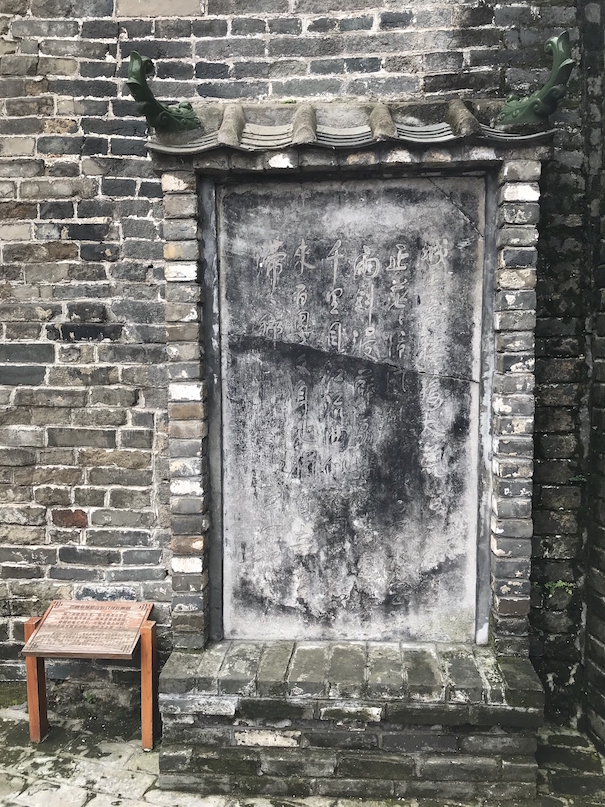

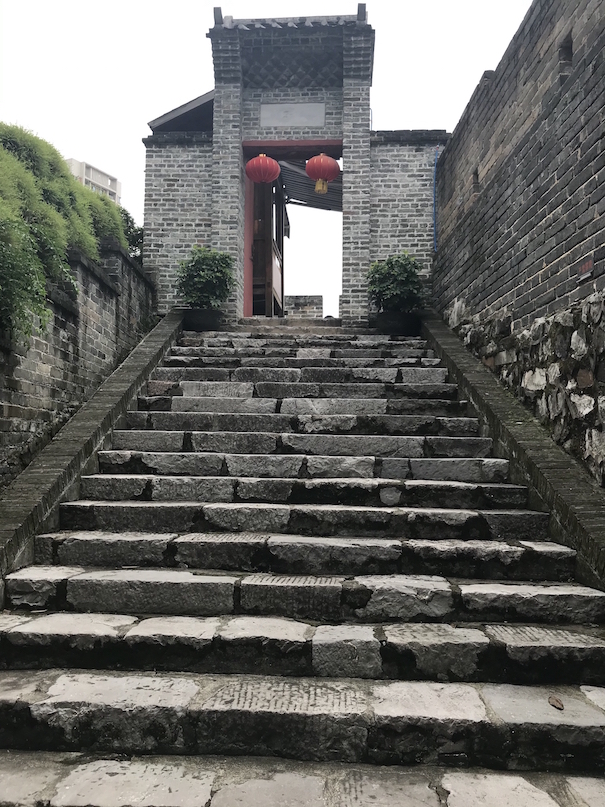

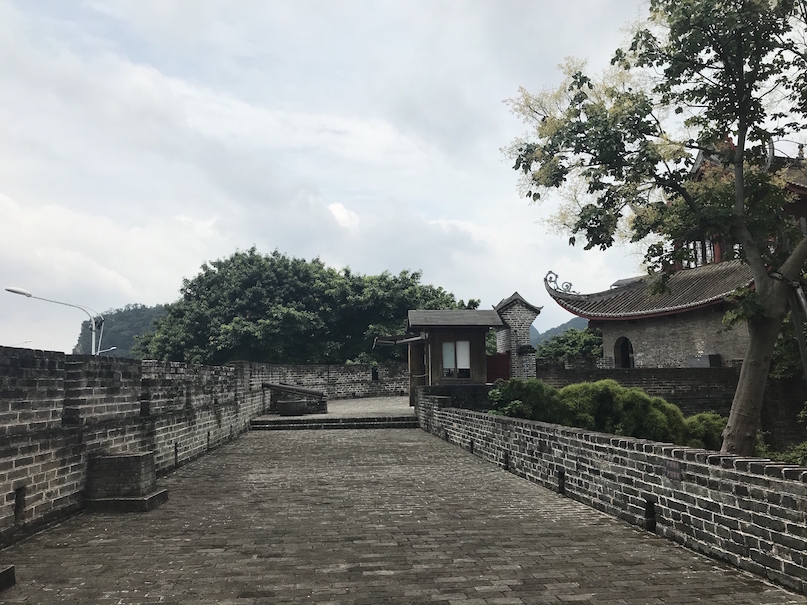

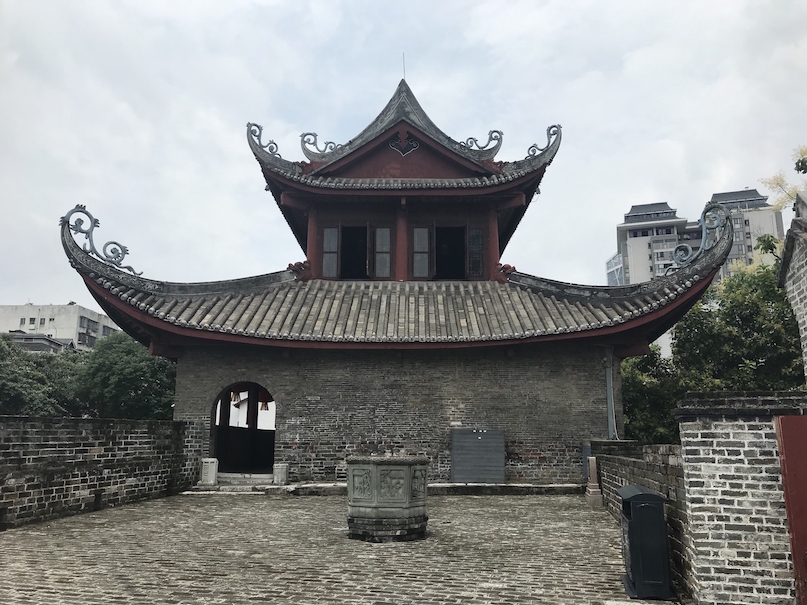



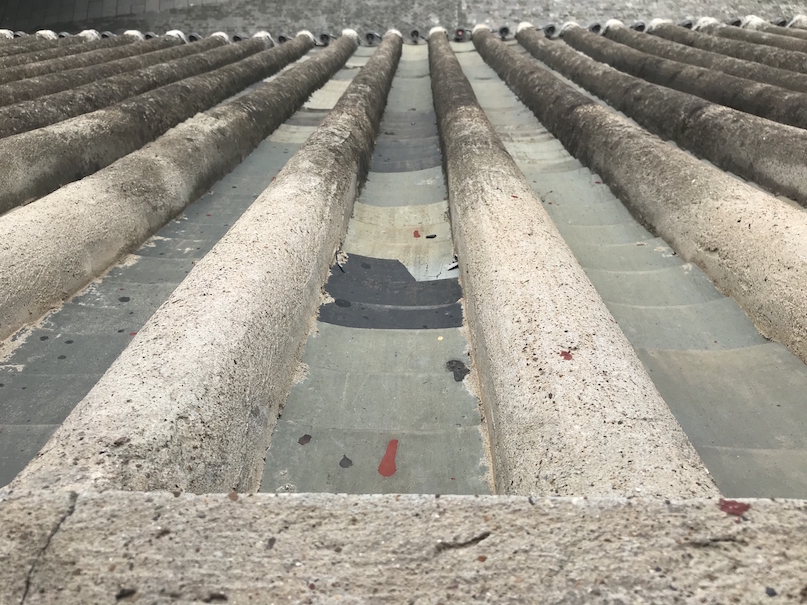



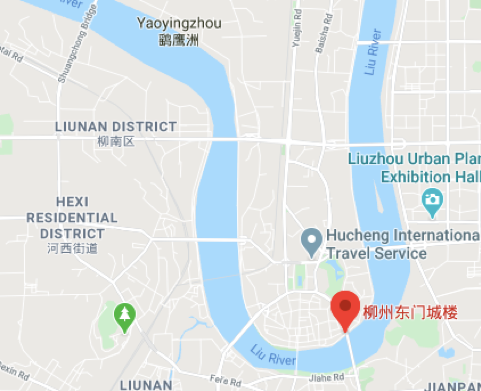




Comments